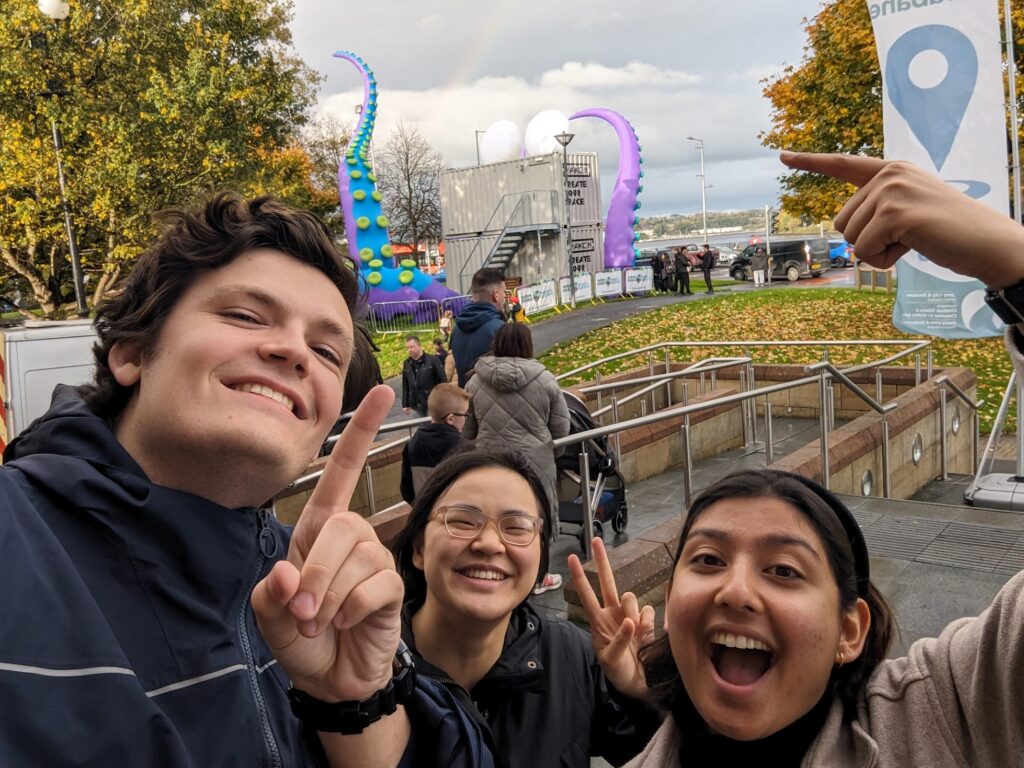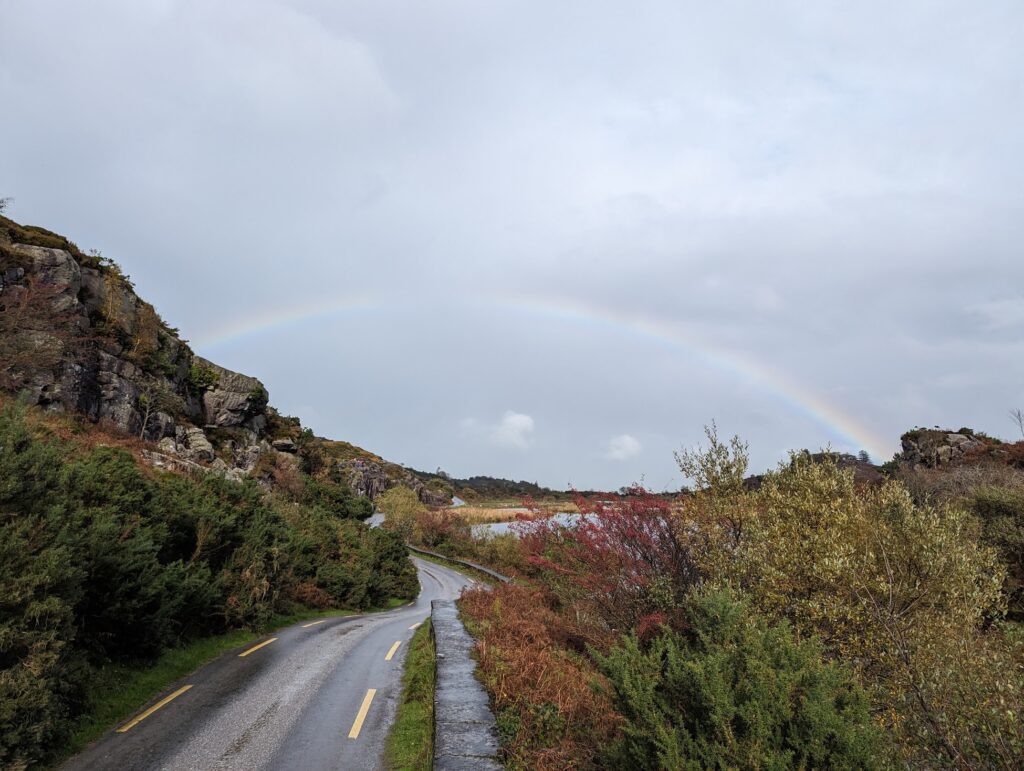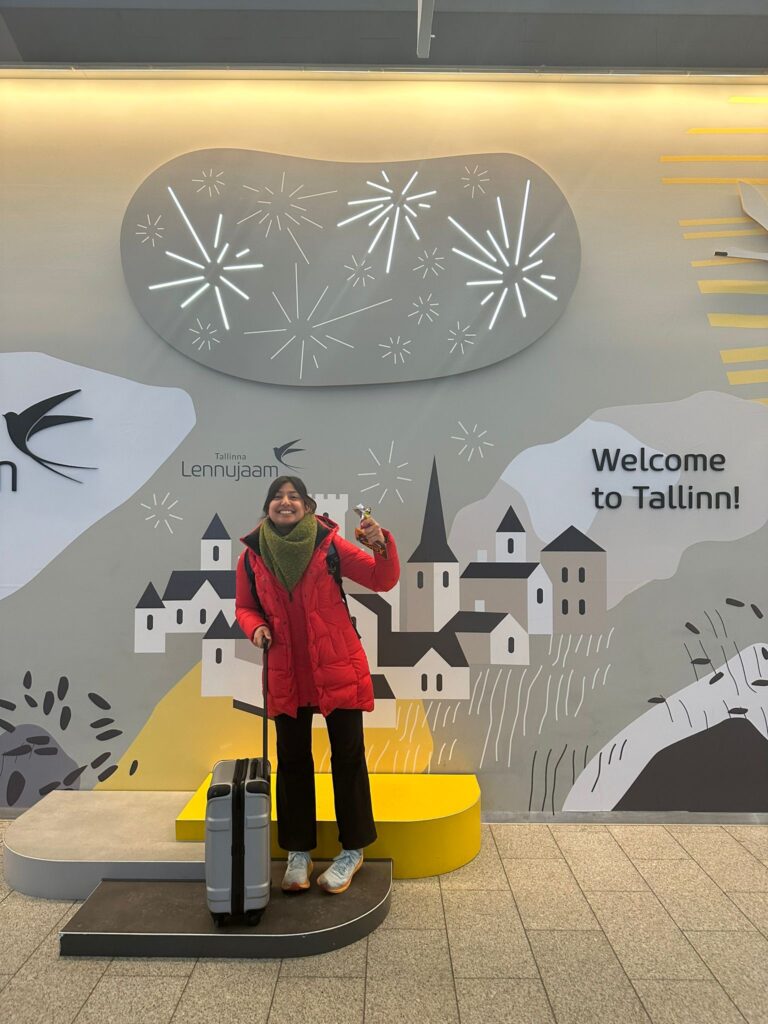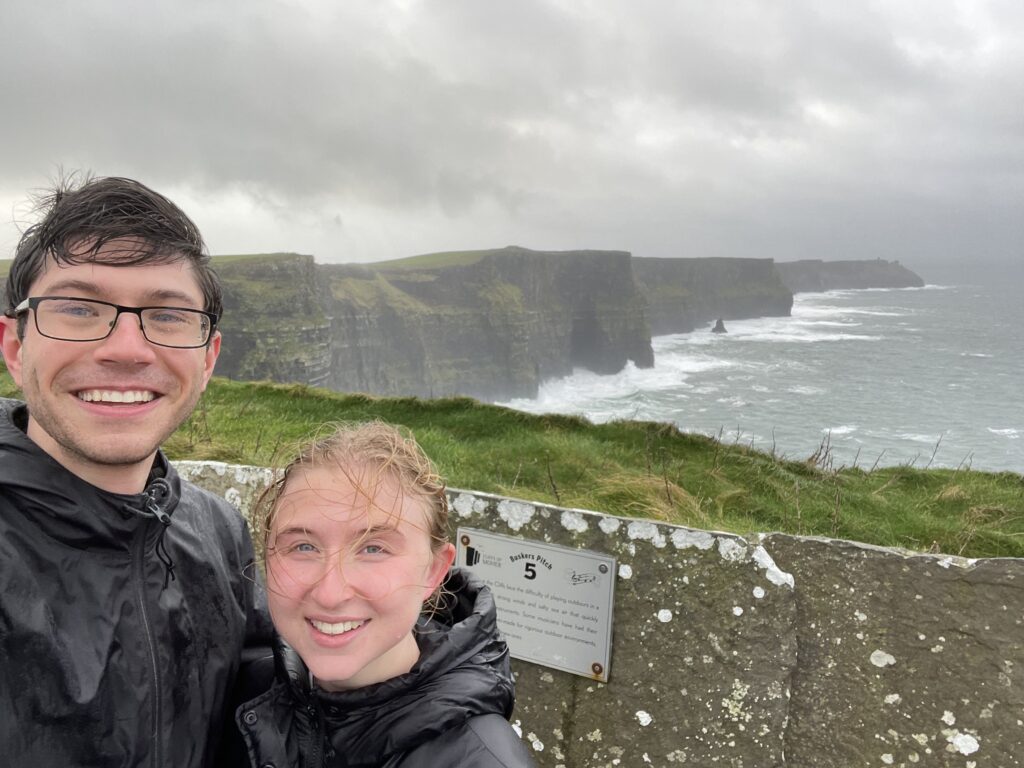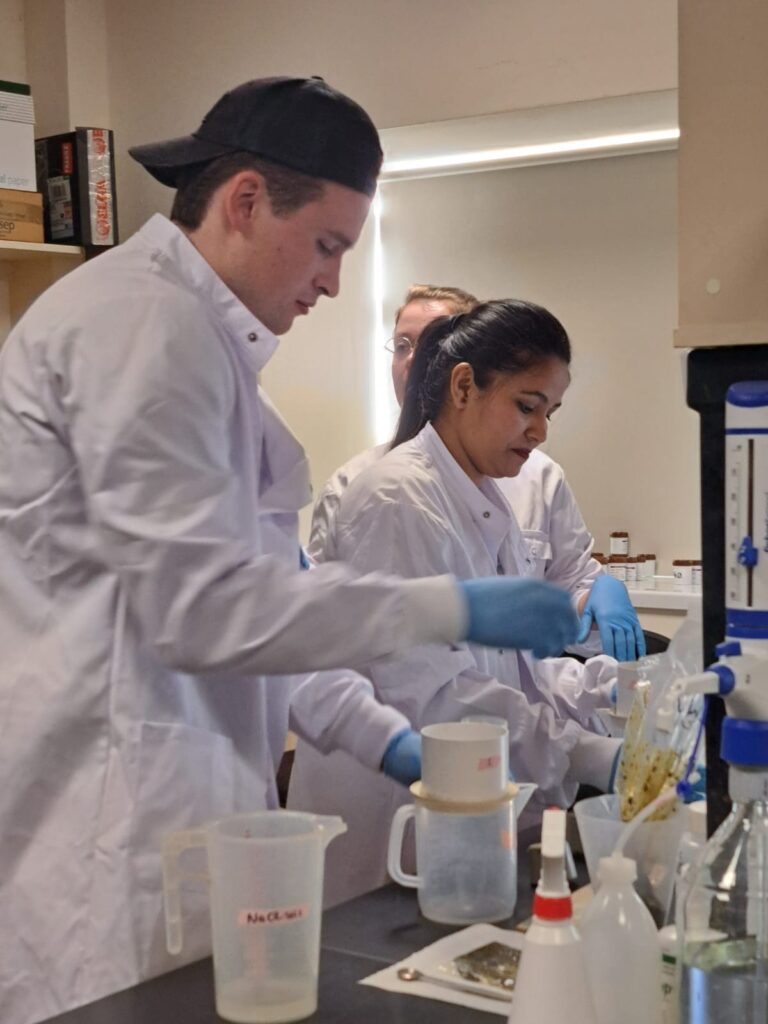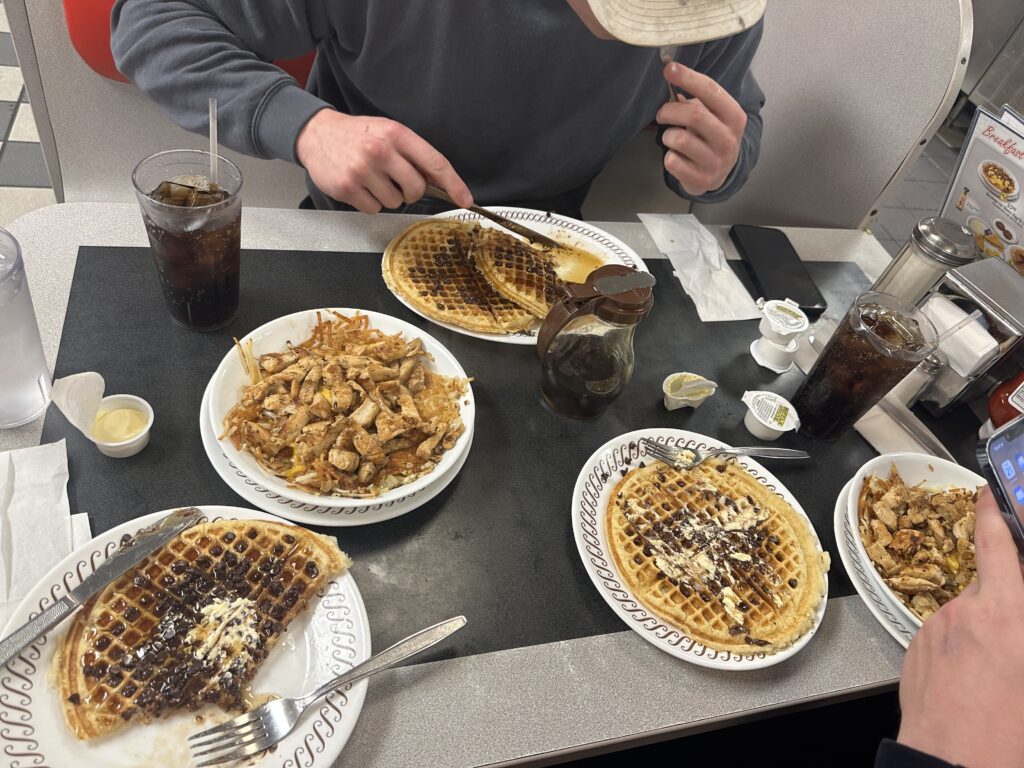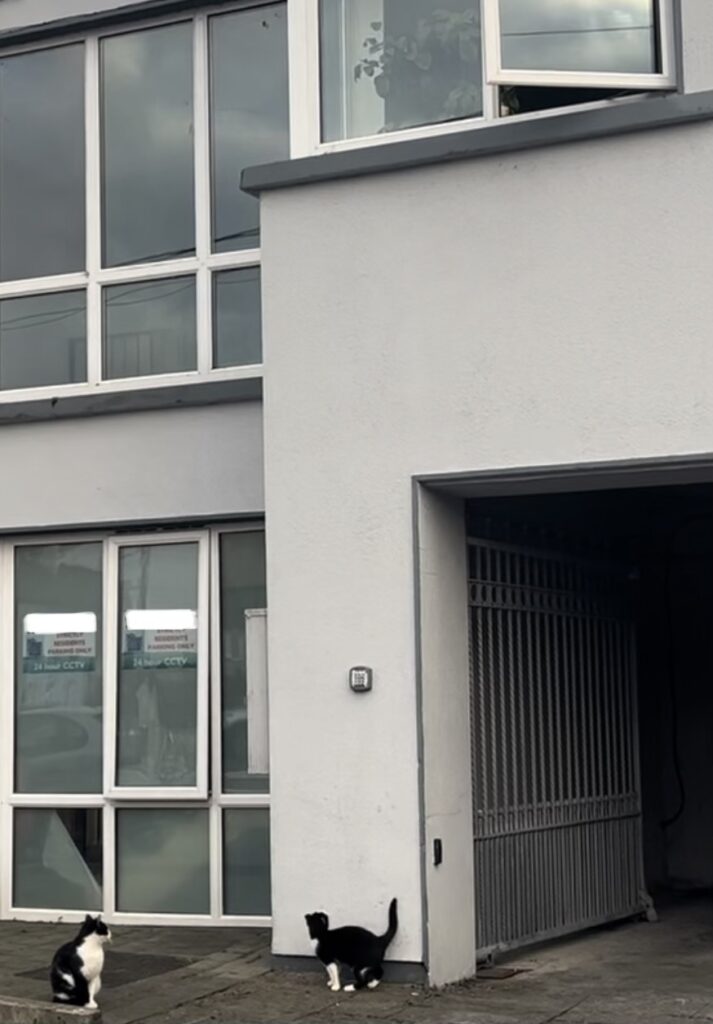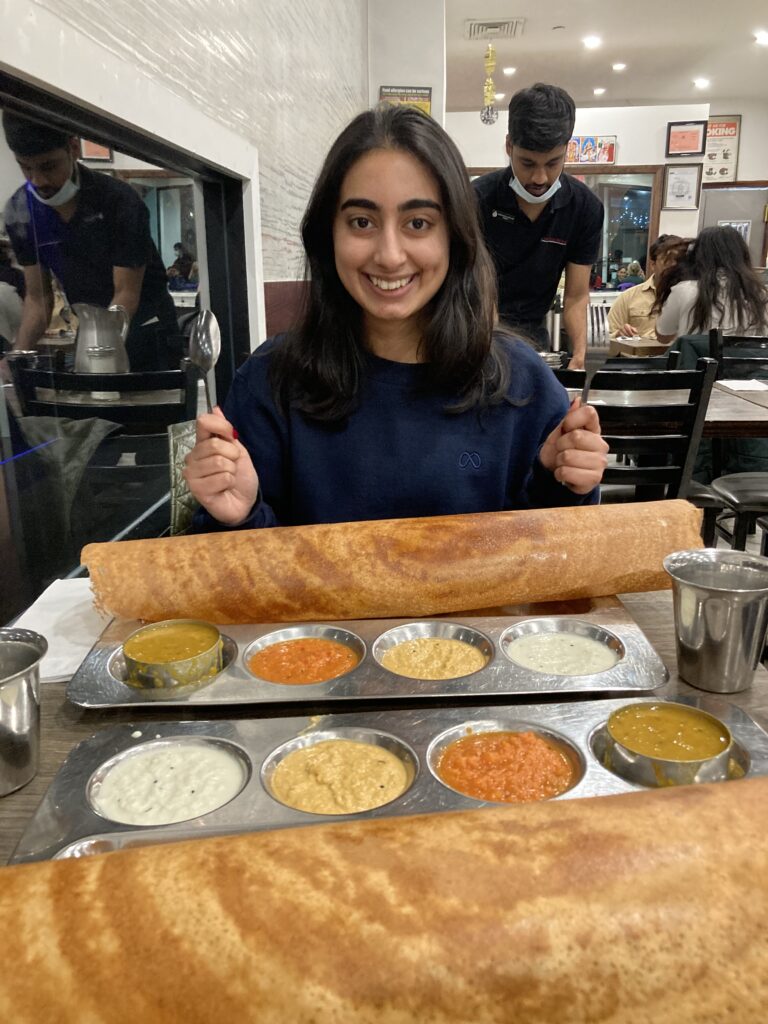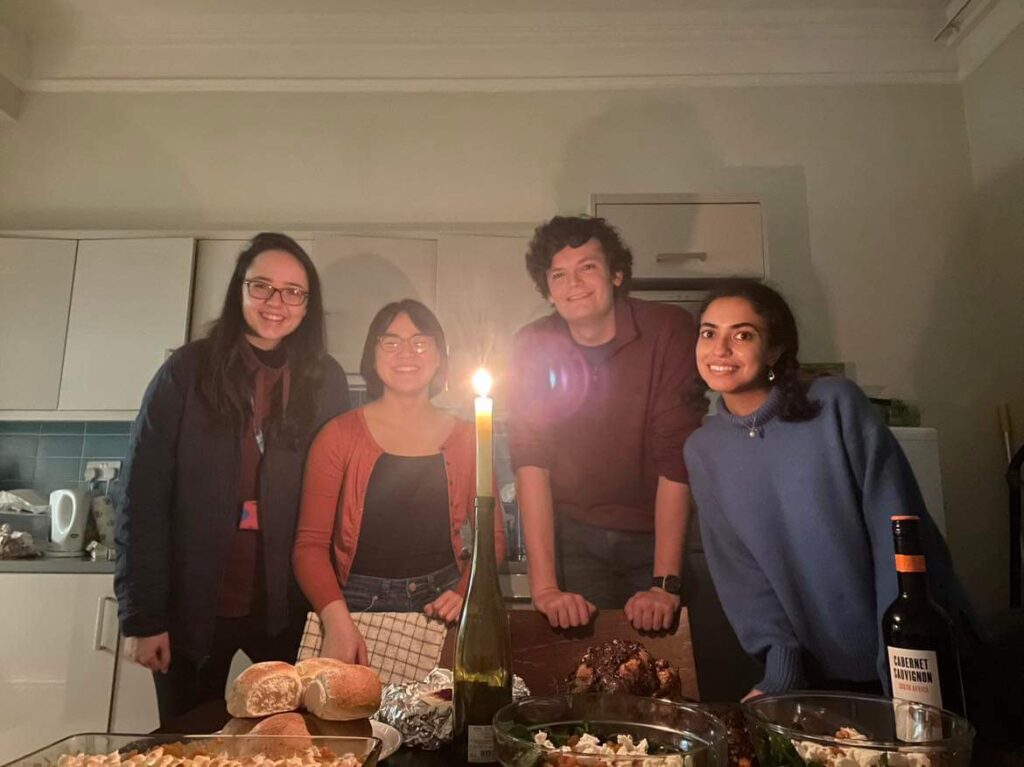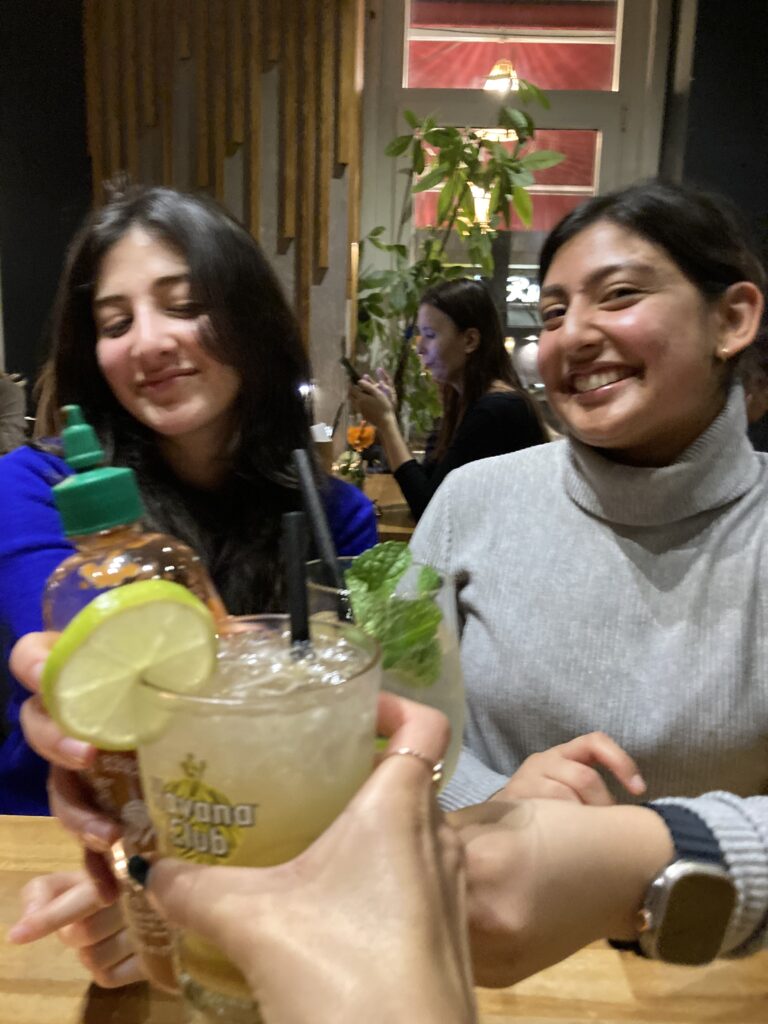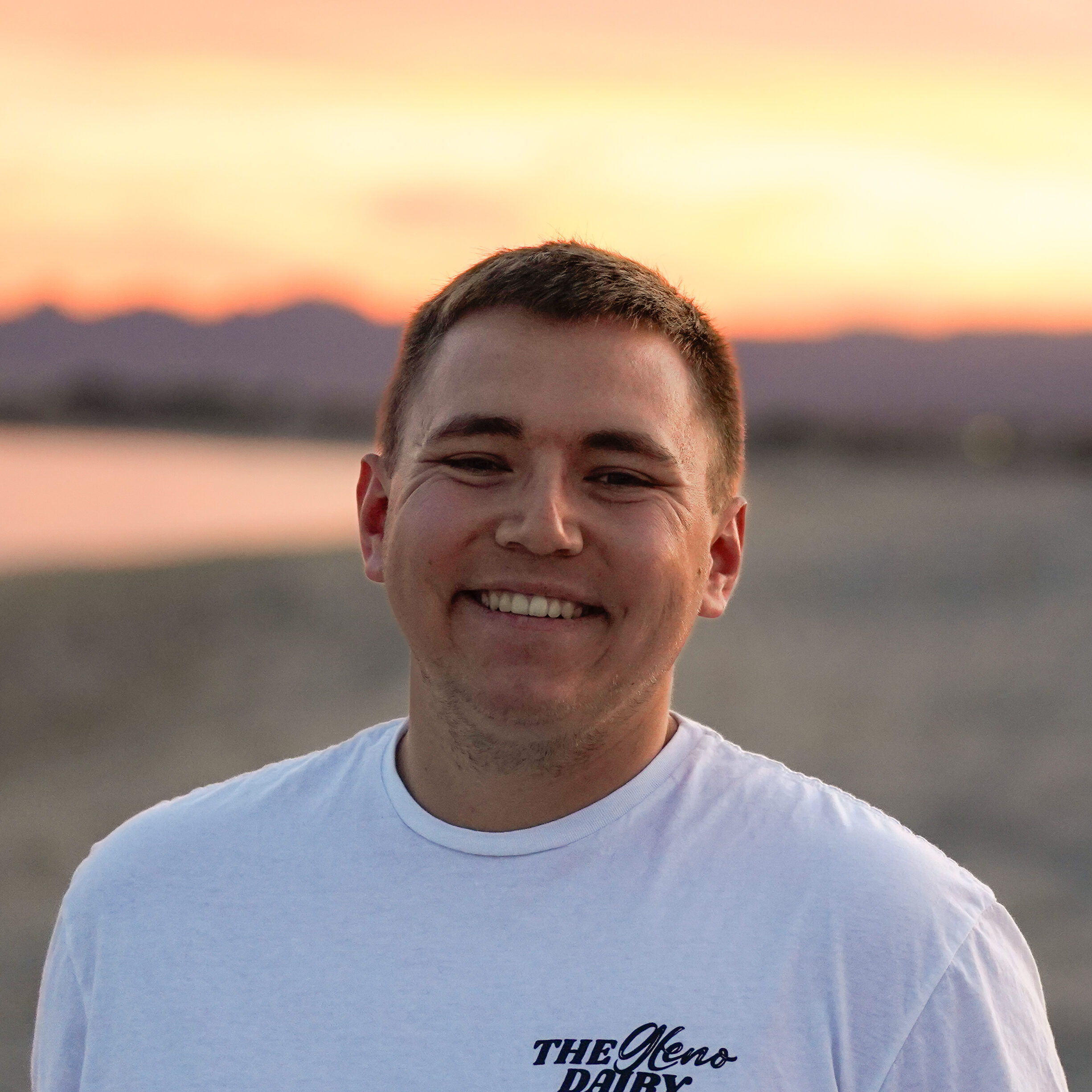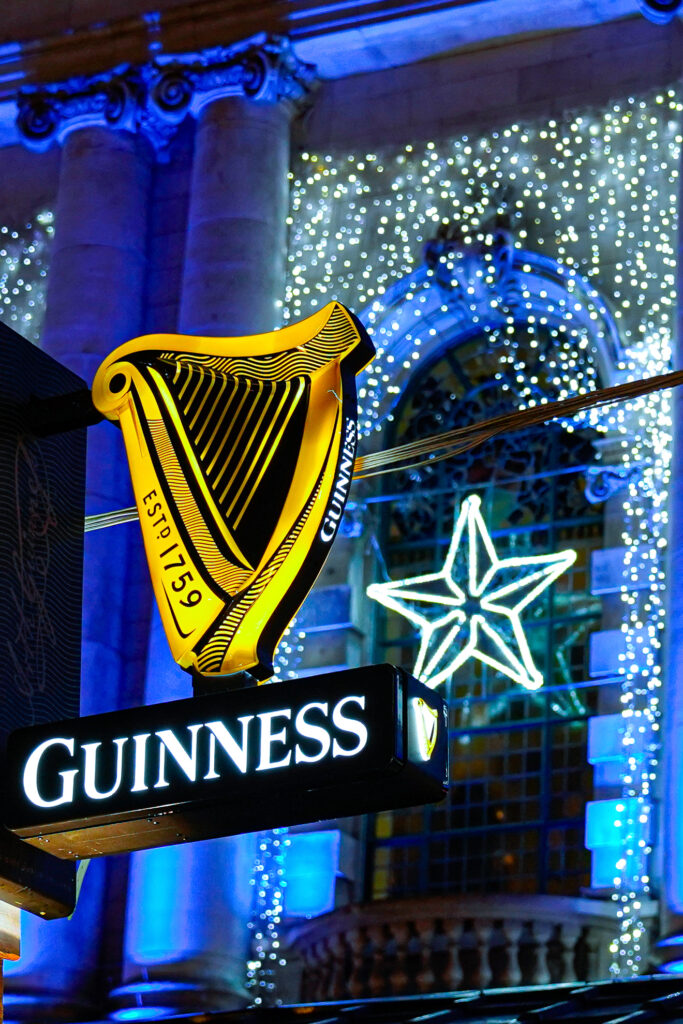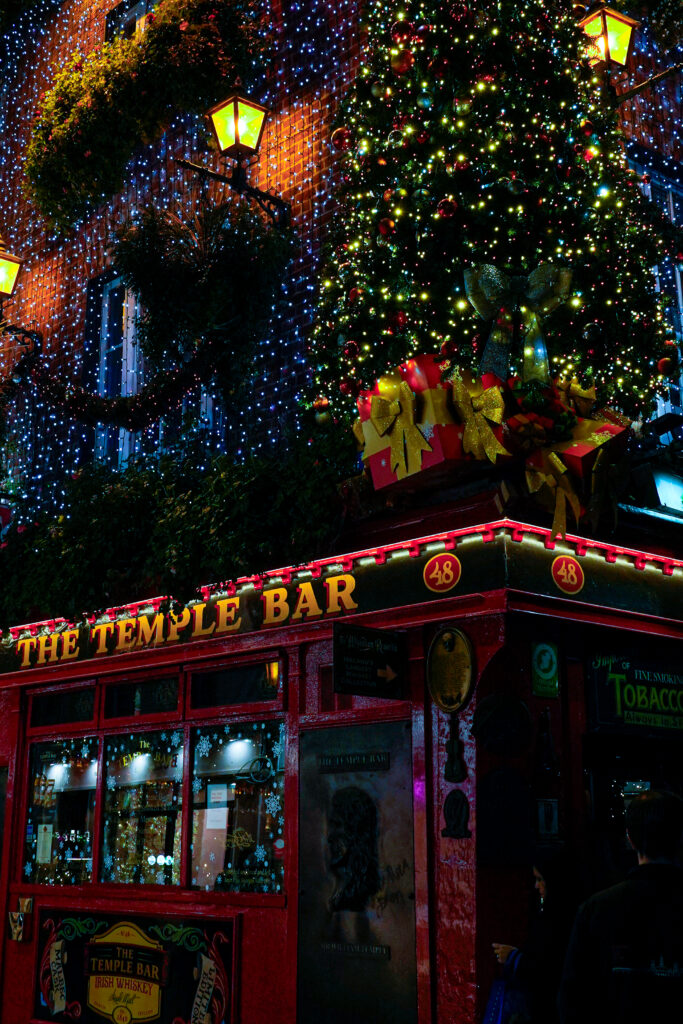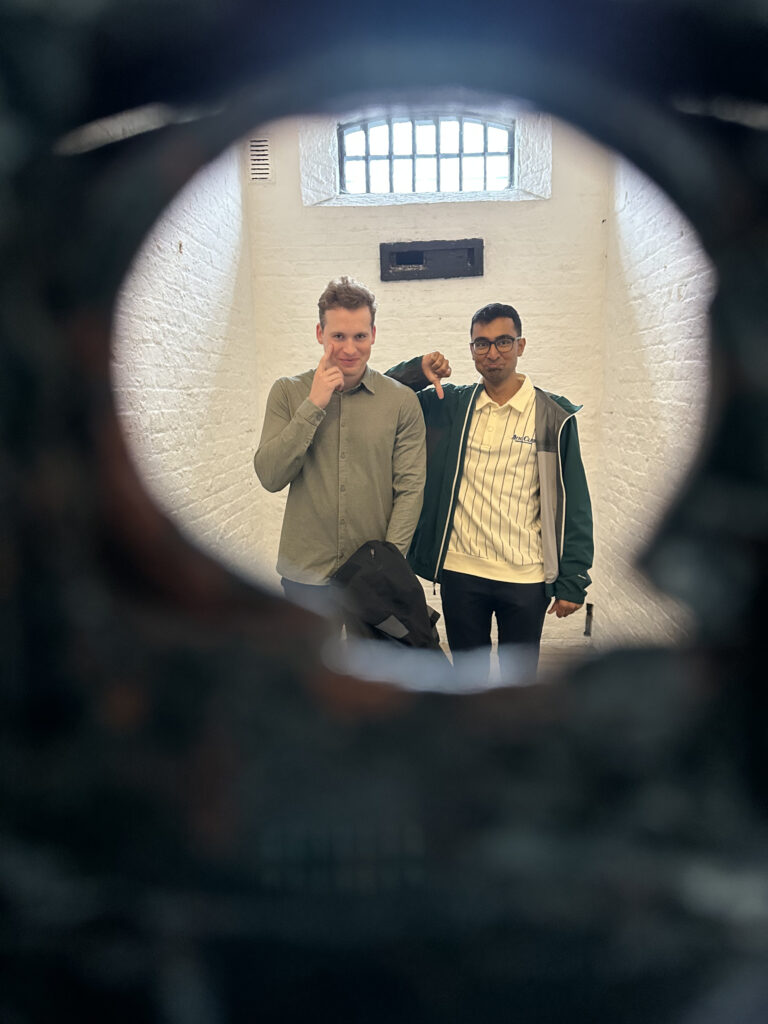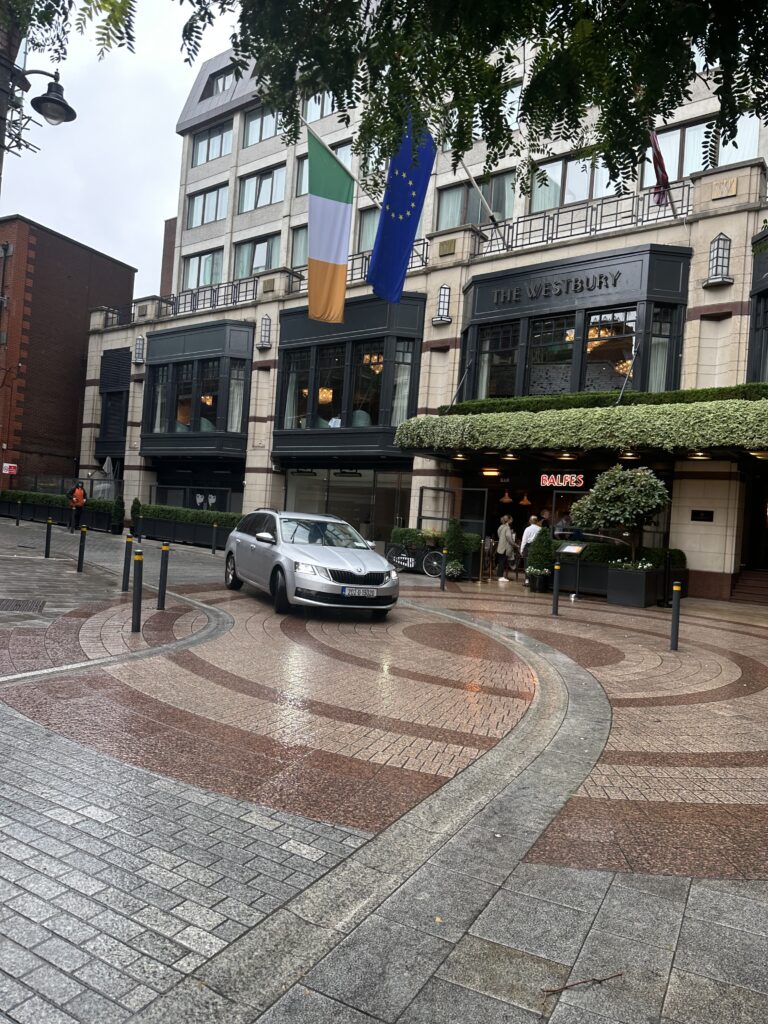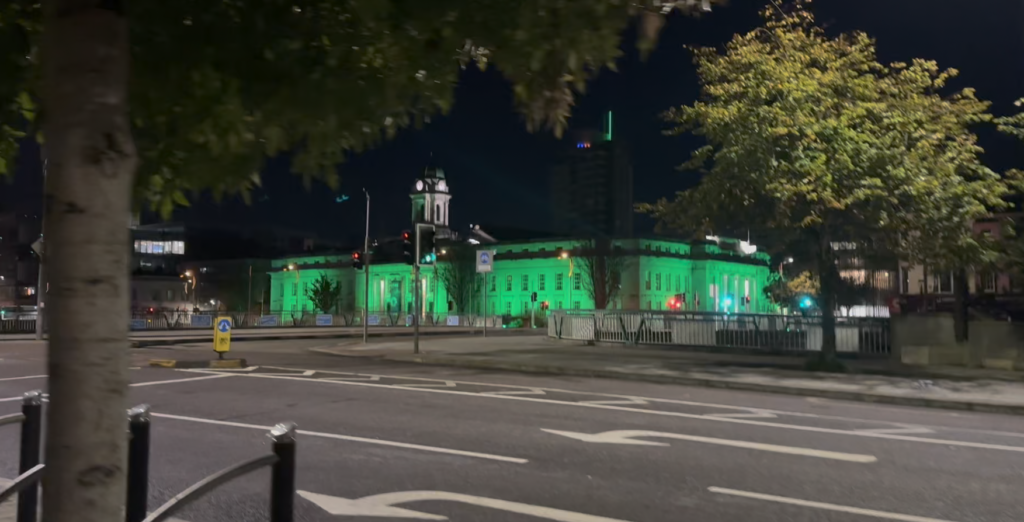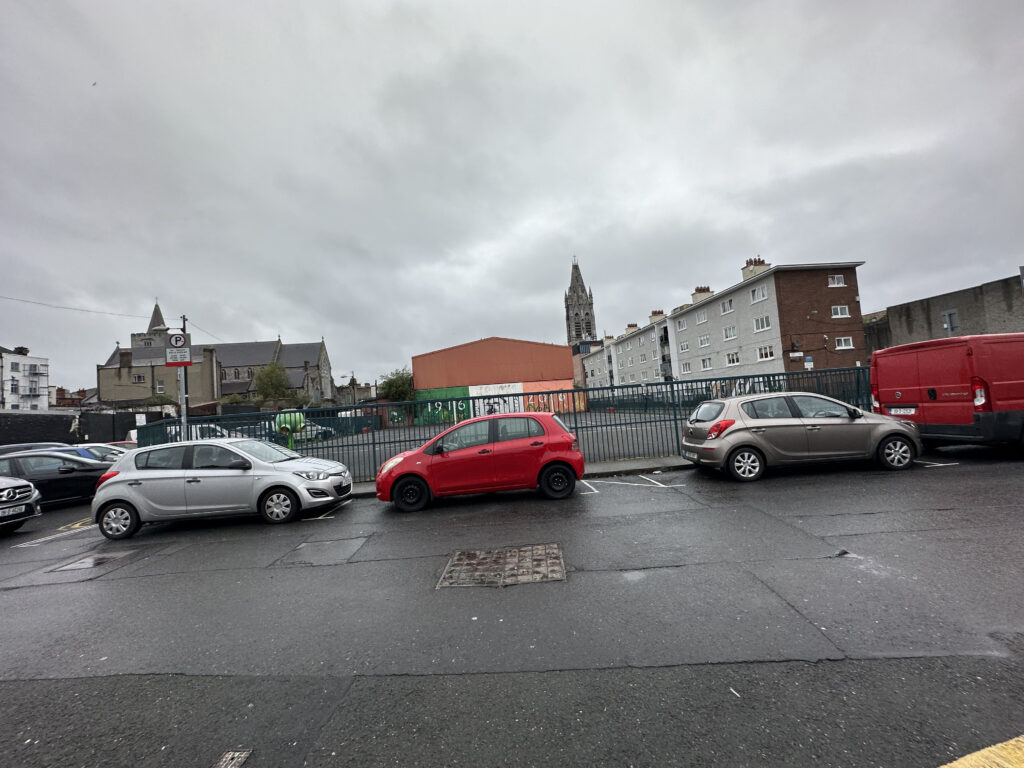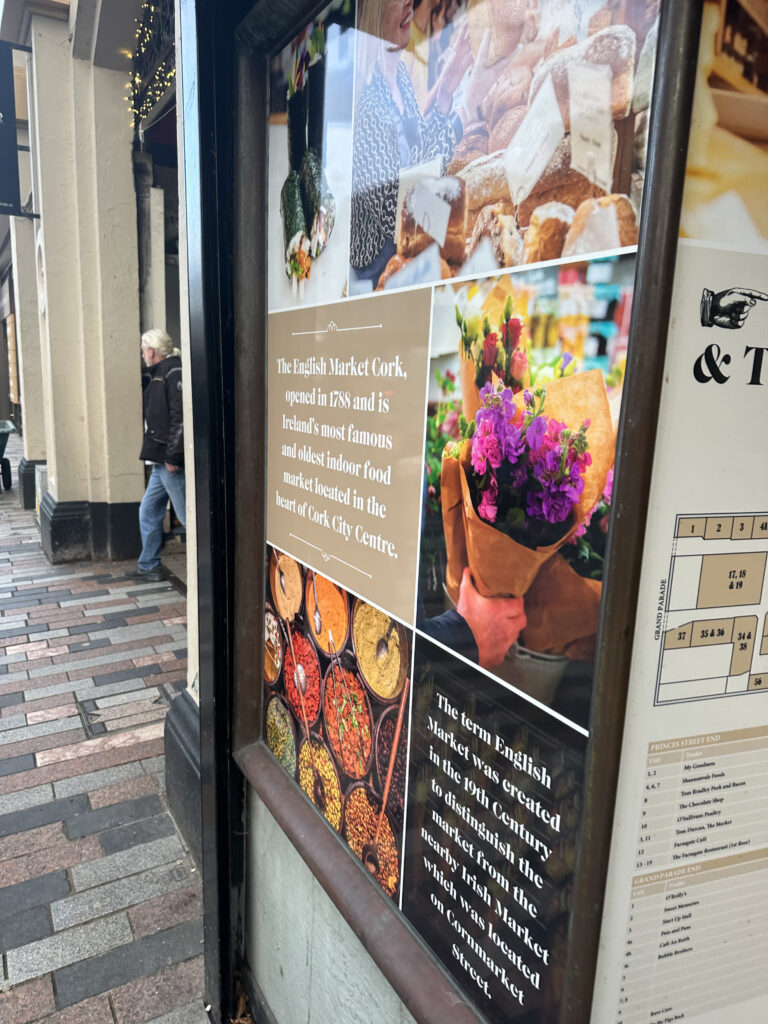I recently flew back to my suburban New Jersey hometown for the holidays. There was much to do (among the top of the list: indulge recklessly in Jersey bagels, revisit every diner in a 3 mile radius, and binge watch Disney Plus on my family’s subscription), and many longtime friends to visit. We’d often chat over food, or sometimes while driving in circles around town, or while watching an NBA game. I hadn’t considered how nice it would be to exist in the same time zone as my friends again—I’m grateful to have people in my life with whom I can reconnect without skipping a beat.
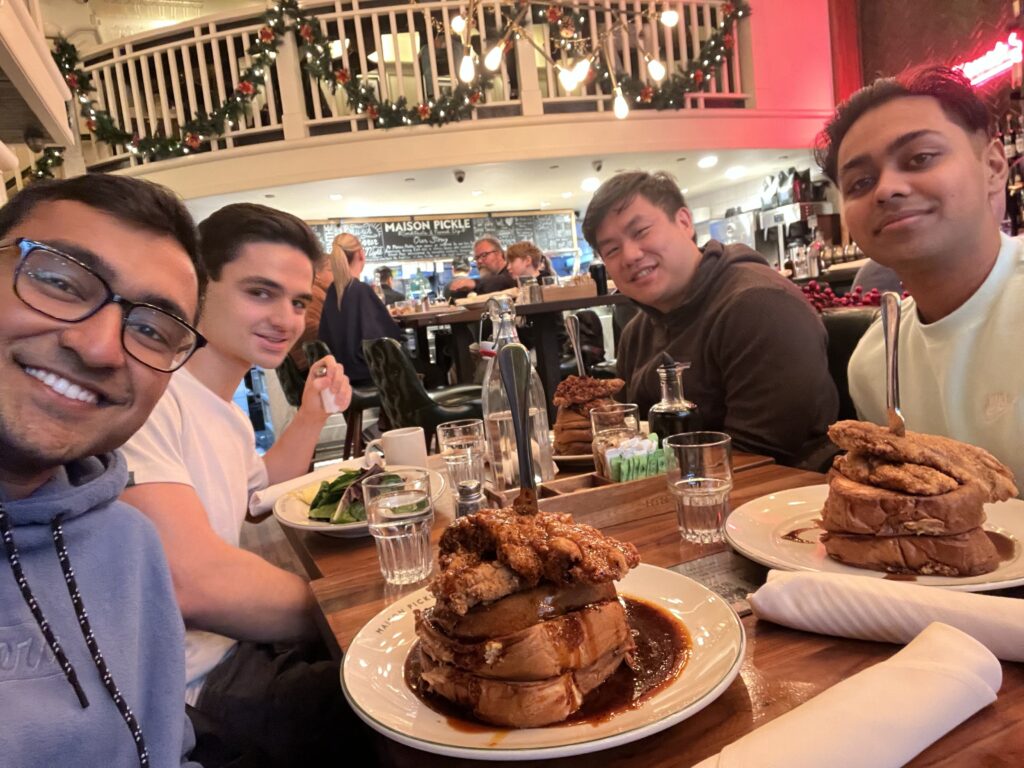
And of course, as an ambassador for post-baccalaureate life beyond America, I get asked just about everything you’d expect. What’s the weather like? What’s the food like? Is it true that it always rains? Are the people kind? How’s Ireland? Answering the same questions repeatedly was tiring at first, but the more I was allowed to gush about Dublin, the more I missed the quirks of my life in Ireland.
I’ve lived in more than a few places these last few years, and something I recently realized is that more than a particular adventure or a fun night, I fondly reminisce about the lifestyles—the minutiae, the inconveniences, the quirks—I had in each place. And while I was home in New Jersey, I fondly reminisced about my lifestyle in Dublin. I missed picking up my candle of the week from Tesco in the Dundrum Shopping Centre, and I missed the double decker TFI bus (175) that took me there (though I always seemed to get motion sick). I was eager to resume my daily chats with Santiago, the barista at Pulse Cafe, while picking up my 20 oz cappuccino for €3.90. Stuck on a treadmill during Jersey snowstorms, I longed for my 7-mile loop to Blackrock, which was incentivized with a beautiful view of sunset over Dublin Bay. I missed the familiar faces and dependable banter in the recording studio at BelfieldFM.
2024- professional candle connoisseur
With an influx of new responsibilities and resolutions, these next few months will undoubtedly look very different from my past 5 months. But two things I want to prioritize are connecting with more strangers and indulging in the moments between the moments, because those are the people and the memories that stay with me. And a lot of my goals for 2024 are built around these values; I’ve registered for new races, proposed new community projects, and committed to new hobbies. And maybe the next time I’m home, and the lads ask me “How’s Ireland?” I can give them a completely different answer, sharing anecdotes and moments that let me relive my Spring in Dublin once again.





